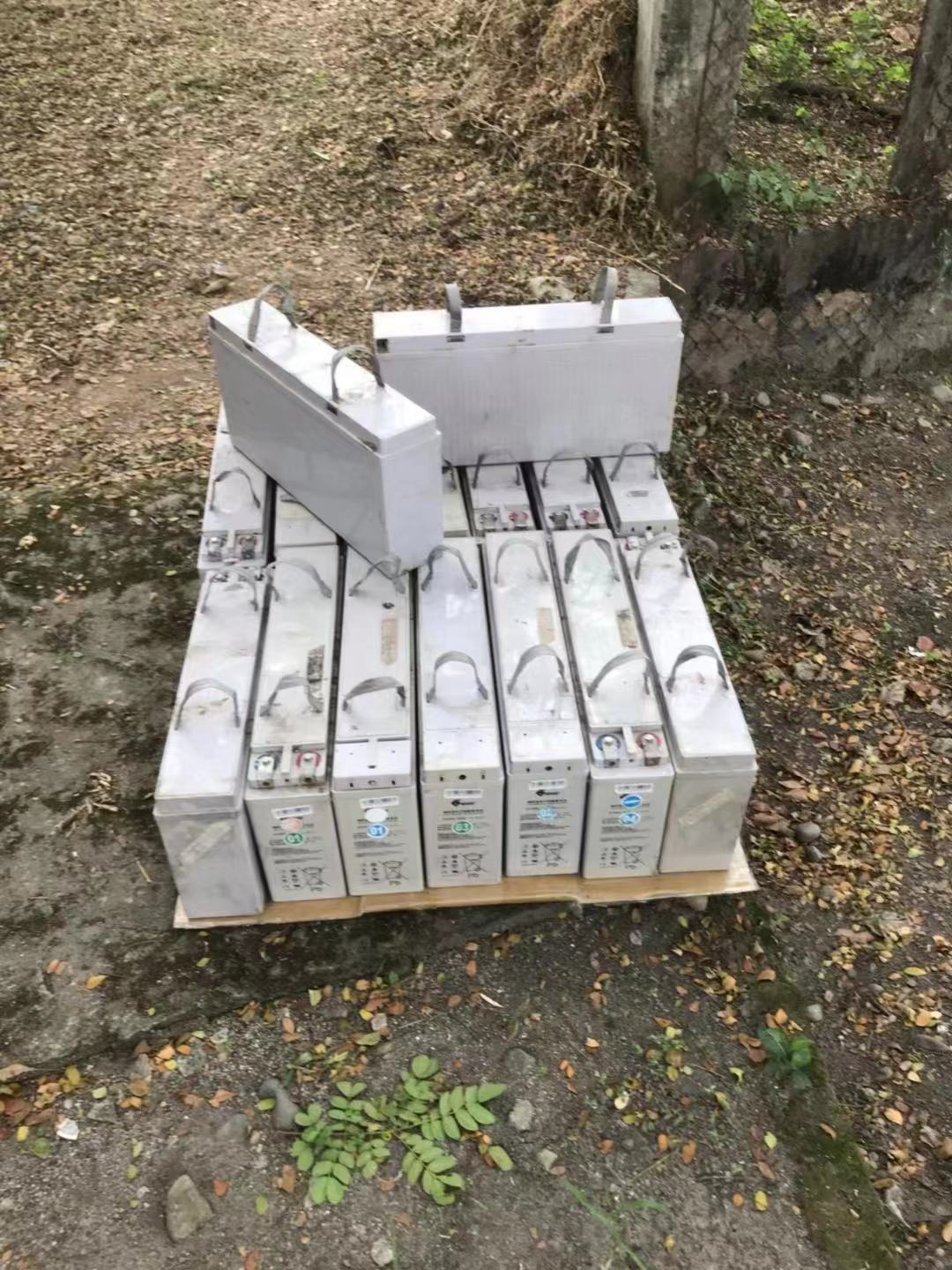When shipping lithium-ion batteries to international destinations; they cannot be shipped individually. They must be installed on the equipment they operate on. Packages containing lithium-ion batteries not installed in their equipment are not permitted.
Before transporting the lithium-ion battery contained in the device, you must keep the following points in mind:
· The specifications for the power and quantity of cells and batteries change frequently, and you must read their updated versions before shipping.
· Ask about the regulations of the receiving destination as they may differ from your home country.
· If the device is damaged, make sure that the lithium-ion battery inside is also not damaged.
· Make sure that the lithium-ion battery is not protruding from the device.
It is also important to remember that defective batteries are considered hazardous materials and are not allowed to be shipped anywhere.
The packaging process of devices containing lithium-ion batteries is extremely important. It is recommended that you use a professional packaging agency to help you with this process. When packing a device with a lithium-ion battery inside, be sure to observe the following:
· Use of sturdy, high-quality packaging materials is essential. Don't use cheap materials.
· Equipment must be packaged in a manner that prevents it from moving during transport.
· Add a return address and emergency contact number on the package.
· The lithium battery handling label must be clearly attached to the package and must not be folded.

The Material Safety Data Sheet (MSDS) for a Li-ion battery is an important document for any Li-ion battery. This is very important, especially when transporting these batteries.
The Material Safety Data Sheet for any given Li-ion battery consists of certain parts.
Part 1: Product and Company Identity
This section contains product names and logos. Manufacturer's name, address contact information and include emergency contact numbers.
Part 2: Ingredients and Ingredients
This section details the composition, chemical formula, weight percent and any other relevant information of the Li-ion battery.
Part 3: Hazard Identification
This section contains any health hazards that may occur from exposure to lithium-ion batteries and signs or symptoms of exposure
Section 4: First Aid Measures
This section lists actions to be taken in the event of ingestion, inhalation, eye contact, or skin contact with any of the lithium-ion battery components.
Section 5: Fire Fighting Measures
This section lists methods for dealing with fires caused by lithium-ion batteries
Section 6: Accidental Release Measures
This section explains how to deal with a leaking lithium-ion battery and how to properly handle a faulty lithium-ion battery
Section 7: Handling and Storage
This section is important because it details the perfect way to handle, transport and store Li-ion batteries. Following the instructions mentioned in this section will keep your Li-ion battery safe and minimize the risk of fire or explosion.
Section 8: Personal Protection
In this section, safety rules on how to protect yourself from exposure are listed. In addition, this section lists appropriate clothing for handling and transporting lithium-ion batteries.
Section IX: Physical and Chemical Properties
As the name suggests, this section lists all the physical and chemical properties of a lithium-ion battery, including the battery's voltage, capacity, and appearance.
Section 10: Reactivity
This section lists conditions to avoid when handling Li-ion batteries to minimize reactivity for a safer handling process.
Section 11: Toxicological Information
This section lists what happens if the battery is opened or punctured, as well as the toxic amounts found inside lithium-ion batteries that are harmful to humans. It also lists its effects on the human body upon exposure.
Section 12: Ecological Information
This section demonstrates whether lithium-ion batteries have an environmental impact
Section 13: Disposal Considerations
This section lists the correct and safe way to dispose of lithium-ion batteries.
